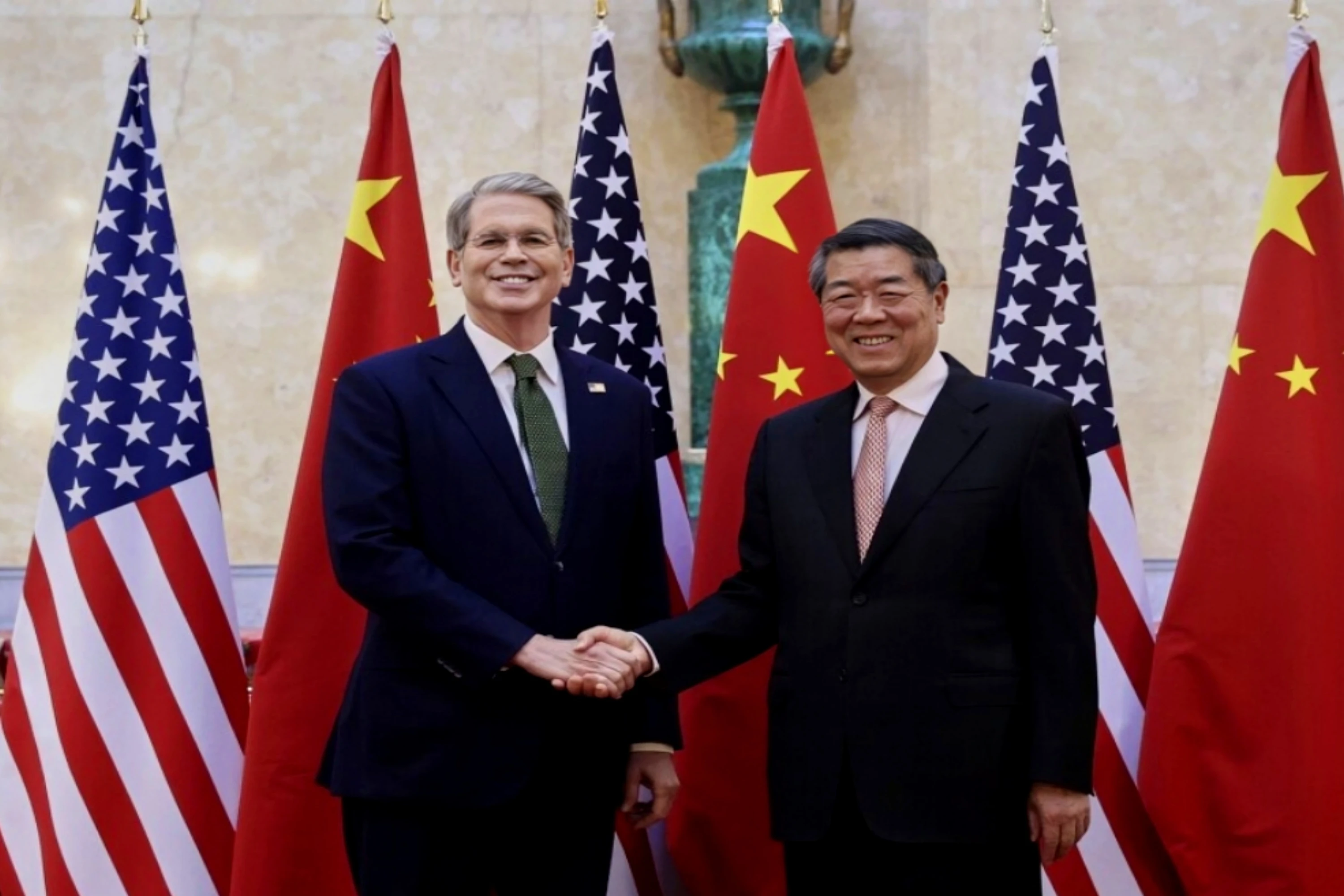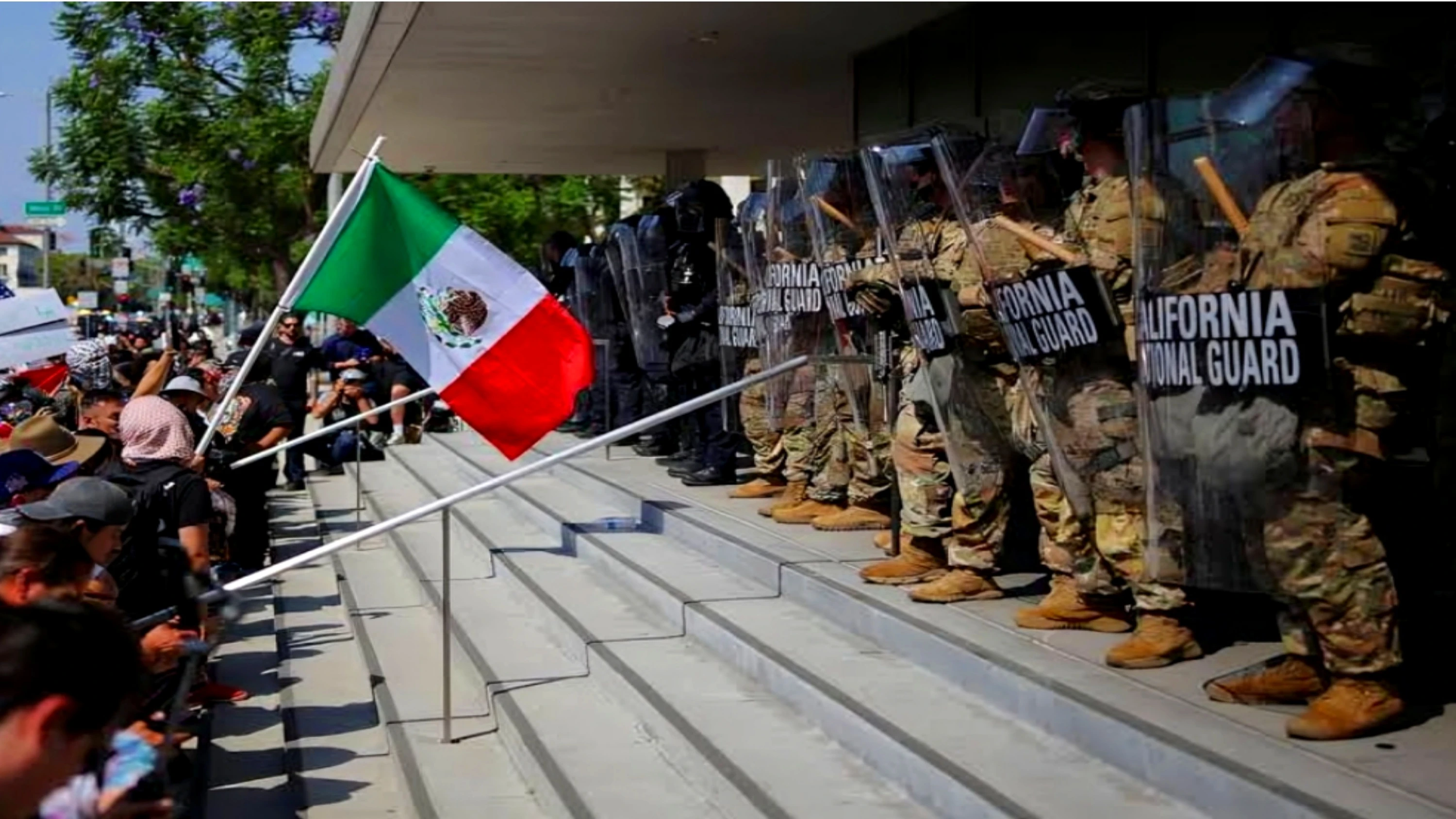London: U.S. and Chinese negotiators have agreed to a new framework aimed at reviving their stalled trade truce and rolling back China’s export restrictions on critical minerals, although significant structural disagreements remain unresolved.
Following two days of high-stakes discussions in London, U.S. Commerce Secretary Howard Lutnick announced that the new framework builds on the tentative deal struck in Geneva last month. That earlier accord had sought to reduce punitive tariffs that had climbed into triple digits, but faltered amid Beijing’s continued curbs on exports of rare earths—vital minerals in technologies such as electric vehicles and defense systems.
Lutnick told reporters the London framework would pave the way for easing some of Washington’s retaliatory export controls, although he stopped short of revealing specific details. "We’ve fleshed out the Geneva consensus," Lutnick said. "Now, both sides will consult with their respective leaders—President Trump and President Xi—before we move ahead with full implementation."
Chinese Vice Commerce Minister Li Chenggang confirmed that a preliminary agreement had been reached and would be presented to the top leadership in both countries.
The deal may prevent the fragile Geneva understanding from collapsing entirely, but analysts noted that it does little to bridge fundamental divides—especially over U.S. tariffs and Beijing’s state-centric economic practices. “They’re effectively resetting the talks, but that’s still better than nothing,” said Josh Lipsky, senior director at the Atlantic Council’s GeoEconomics Center.
Both sides now face an August 10 deadline to negotiate a broader agreement. Failure to do so would trigger a snapback of tariffs: U.S. rates could rise from roughly 30% to 145%, while Chinese duties may climb from 10% to 125%.
Investors greeted the announcement with muted optimism. MSCI’s Asia-Pacific equity index (excluding Japan) edged up by 0.57%. “Markets expected some form of progress,” said Chris Weston, head of research at Pepperstone in Melbourne. “But what matters now is how much access the U.S. gets to Chinese rare earths and how freely American chip technology can flow east.”
Lutnick emphasized that lifting China's rare earths export restrictions is central to the framework, adding that the U.S. would reciprocate by rolling back its own controls “in a balanced way.”
Trump’s evolving trade strategies have disrupted global supply chains, raised costs for businesses, and contributed to port congestion and market uncertainty. On Tuesday, the World Bank revised its 2025 global growth forecast downward to 2.3%, citing increased tariffs and volatility as major drags on the world economy.
Speaking in Beijing, ECB President Christine Lagarde called for international cooperation to address the imbalances exposed by the trade war. Without joint policy adjustments, she warned, economic damage could be severe and widespread.
Momentum for the latest talks was bolstered by a rare phone call between Trump and Xi last week, which Lutnick said helped align the Geneva framework with new directives from both leaders.
Still, signs of the trade war’s toll continue to mount. New customs data show China’s exports to the U.S. plunged 34.5% in May—the sharpest monthly drop since the start of the COVID-19 pandemic.
Though the broader U.S. economy has shown resilience in jobs and inflation metrics, the tariffs have dented consumer and business confidence, and the dollar remains under strain.
Joining Lutnick in London were U.S. Trade Representative Jamieson Greer and Treasury Secretary Scott Bessent, who left early to testify before Congress.
China’s near-total dominance of the rare earth magnet market—critical for EV motors—has given it a powerful lever in the talks. Its April suspension of key mineral exports prompted a swift U.S. countermeasure in May, halting exports of high-tech goods and revoking licenses for aerospace and semiconductor shipments.
Meanwhile, pressure is building in Washington. Documents released Tuesday show widespread opposition from allies and industry groups to Trump’s proposed national security tariffs on aircraft and parts.
In a related legal development, a U.S. appeals court allowed Trump’s sweeping tariffs to remain in place while it reviews whether they exceeded presidential authority—a move that maintains pressure on Beijing amid the ongoing negotiations.








